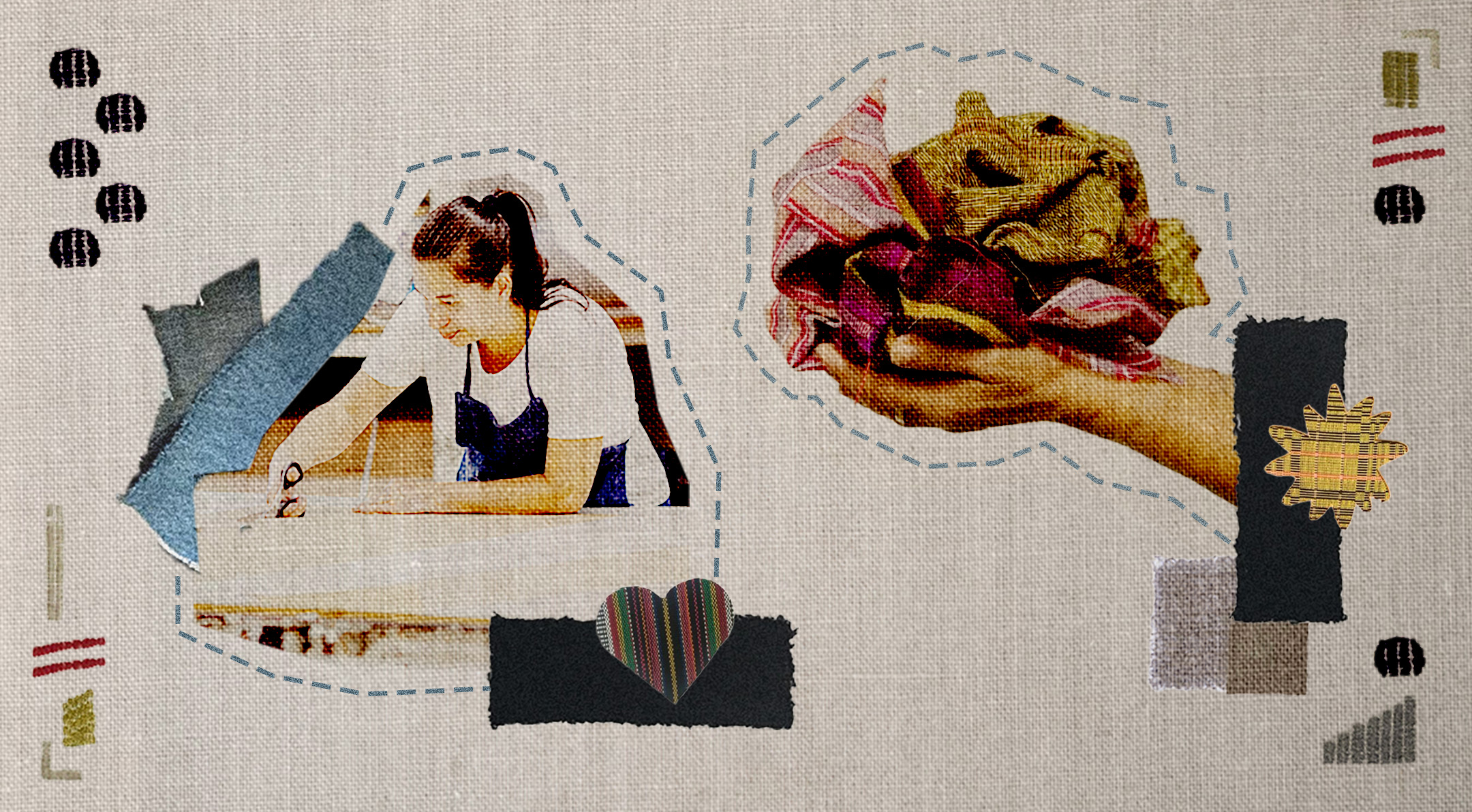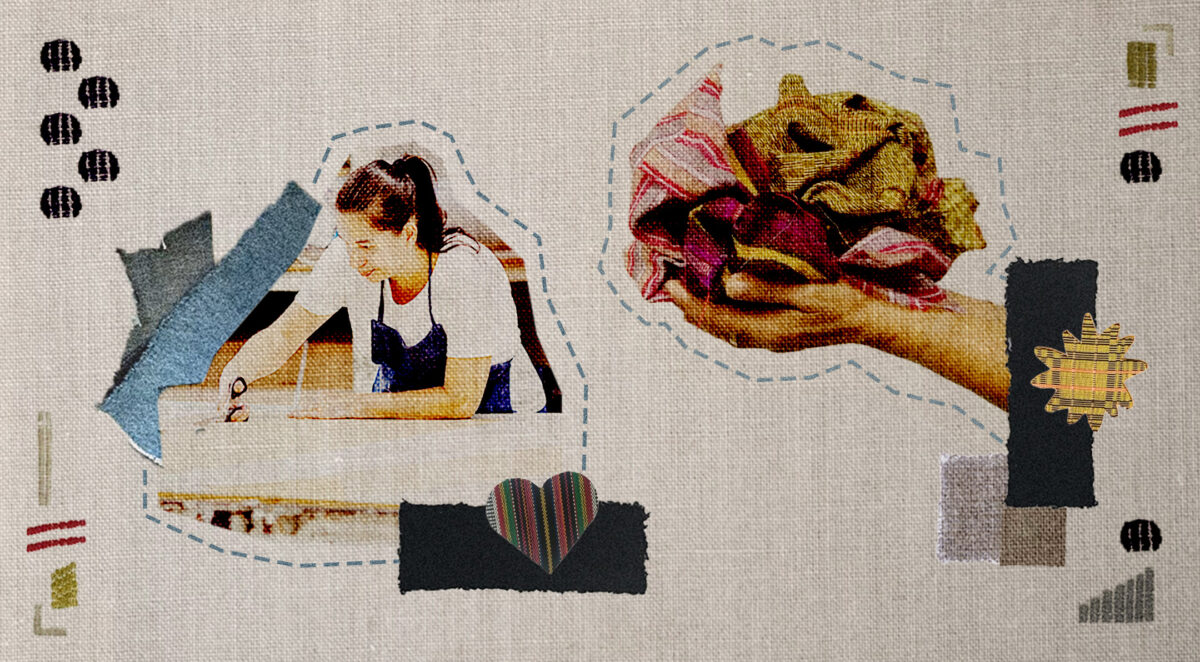
H&M Group is reinforcing its efforts to focus on wood as a way to create sustainable textile fibers, involving Stora Enso involved in its ongoing venture with the Inter IKEA group and the innovator Lars Stigsson.
The fast fashion giant has added the wood and paper company to its ‘TreeToTextile AB’ initiative, ongoing since 2014.
The initiative aims to develop new sustainable textile fibers at attractive cost levels — something Stora Enso will help with by setting up a demonstration plant at one of its Nordic facilities.
“With the help of our new partner, we will be entering an industrialization phase,” said Annica Karlsson, chairman of the board at TreeToTextile AB, in a statement. “The new fiber that we have developed is both sustainable and produced at a lower cost.”
TreeToTextile’s process involves regenerating renewable forest raw material into a textile fiber, using less energy and chemicals than conventional methods.
Having been tested in Sweden, the concept is now set to be scaled up via the Stora Enso plant. Both the Inter IKEA group and H&M intend to use the fiber in their products, but have stressed that the goal is for the industry as a whole to benefit from the innovation.
“We welcome Stora Enso to this partnership,” said Erik Karlsson, Investment Manager for Sustainable Fashion at H&M group’s investment arm CO:LAB. “For us, TreeToTextile is a long-term investment as we strongly believe it will contribute to offering our customers even more sustainably produced products at affordable prices.”
“It’s fantastic to see how the idea of utilizing forest resources for a more sustainable textile has developed from lab stage to a commercially viable product in just a few years,” added inventor and entrepreneur Lars Stigsson.
The move is the latest of several sustainable fashion initiatives from the H&M Group. Earlier this month, the company signed the newly-unveiled Fashion Industry Charter for Climate Action, a UN Climate Change initiative, and also launched a ‘Fair Living Wage Summit 2018’ in Cambodia, to shine a light on the issue of how to achieve living wages for textile and fashion workers in the industry’s current global climate. CC
RELATED STORIES:














































